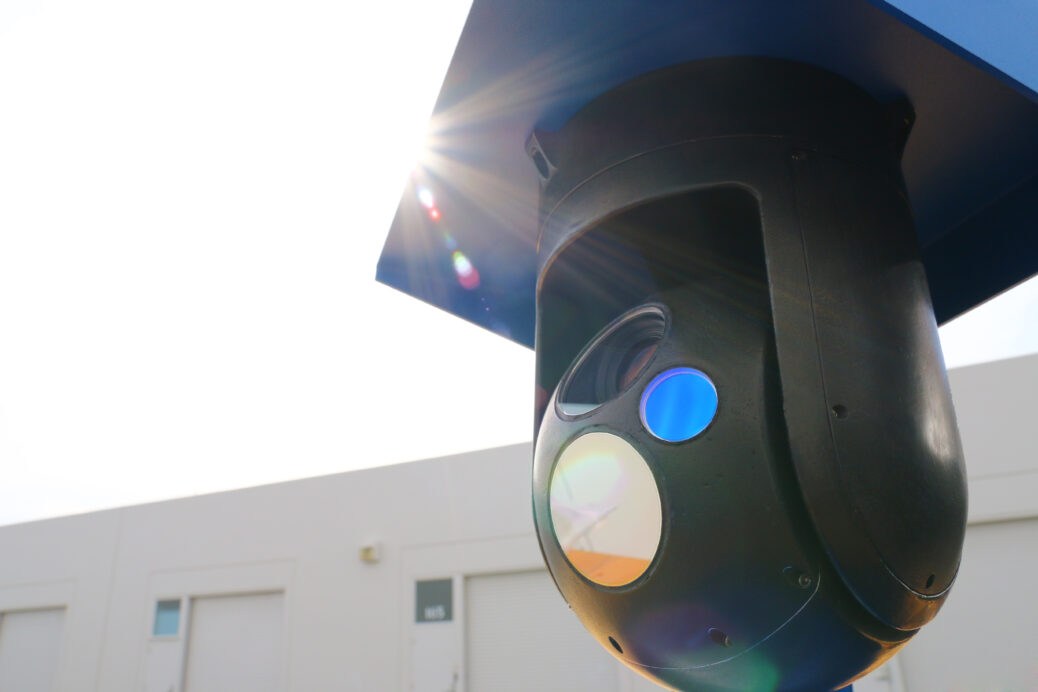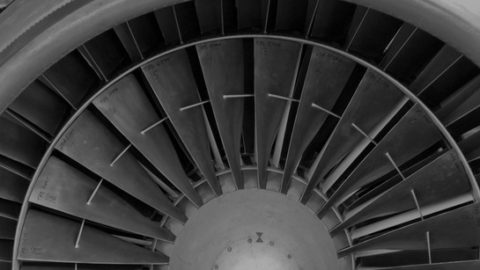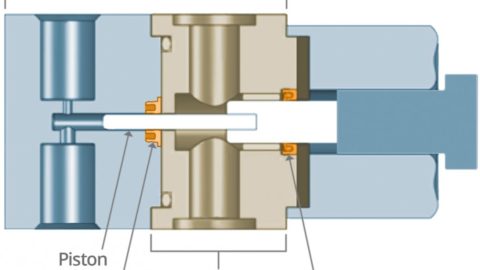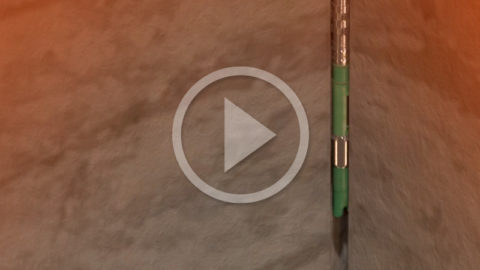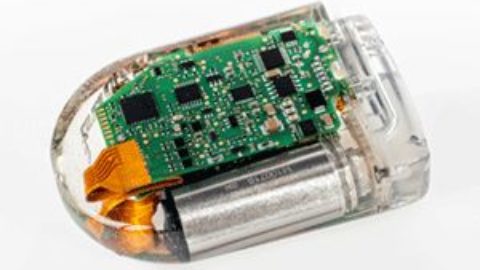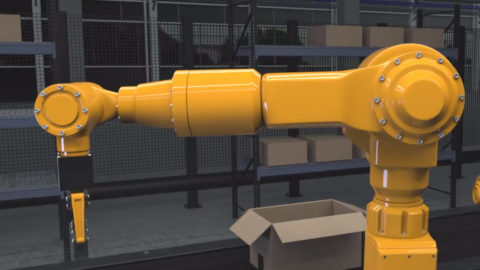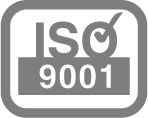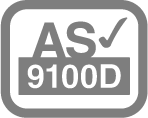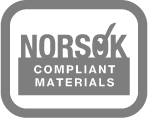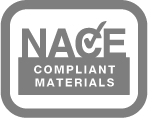The market for military unmanned aerial vehicles (UAV), also commonly referred to as unmanned aerial systems (UAS), has seen major growth over the past decade.
As a critical element of defense, UAV and UAS systems place a high priority on reliability. Ensuring that reliability means that critical factors such as friction and leakage are addressed in the design of the UAV.
These are becoming even more important as systems continue to shrink. This places a greater emphasis on the need to avoid friction in the sealing of the gimbals, or pods, that cover and protect sensitive onboard electronics.
The Importance of Minimizing Friction in UAV Gimbals
Manufacturers are beginning to recognize that achieving a low dynamic coefficient of friction is a key driver of UAV gimbal design.
Particularly in the design of small systems, seals are close to the “ragged edge” of frictional cut-offs. As a result, manufacturers are now designing their systems with the seal in mind. The system must be designed around those cut-offs in order to achieve an ideal level of friction.
Often, O-rings are specified for use in gimbal design. But because these seals are made of rubber, they can produce stiction, or static friction.
An effective alternative to the problems presented by the O-ring is a spring-energized seal. With this kind of seal, polymers can be combined to achieve consistently high lubricity.
Together with a geometry that reduces the amount of torque necessary to move a gimbal without sacrificing sealability, the low-friction material formulation can reduce or eliminate stiction force and any resulting jitter during target tracking. Because the seal is preventing friction, it is also preventing wear.
It is important to note that sealing ability and long life are inversely proportional. Because in order to achieve a better seal, designers must typically create more surface contact. This will increase friction and increase wear.
How to Optimize UAV Gimbal Design
To optimize the performance of an UAV gimbal, it’s essential to find the sweet spot where there is a balance of low friction, wear, and leakage.
This can be done by partnering with a seal supplier that understands the interplay between application requirements, seal material, and design.
To create our low-friction spring-energized seal for UAV gimbal applications, the engineers at Bal Seal Engineering:
- combine a filled PTFE material with our canted coil spring technology
- design the cross section to accommodate a light, medium, or heavy spring load
- engineer variability into the flare on the energized lip seal, giving it more surface contact for sealing or less contact for lower friction
UAVs and their gimbals are critical to the shift in defense systems. These systems must operate at an optimal level, which means that critical characteristics—including friction, leakage, and life of seals—cannot be an afterthought. They must be an integral part of the UAV design.
To learn more about how we can help you elevate your UAV gimbal seal application, click here submit a design request form.
